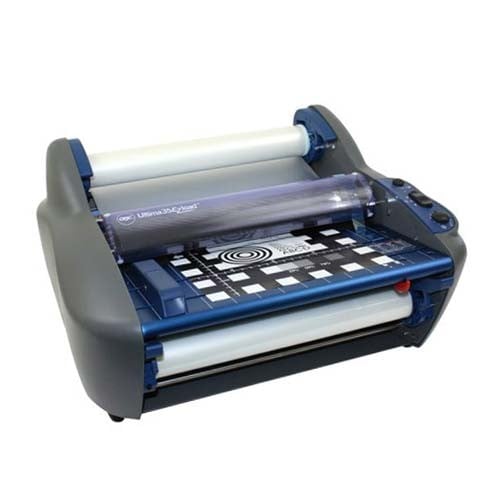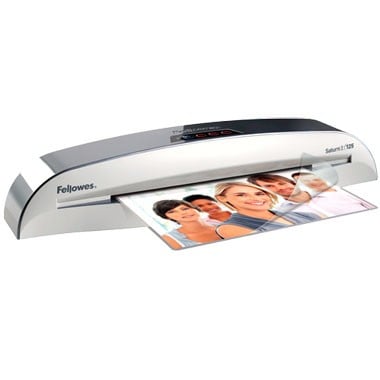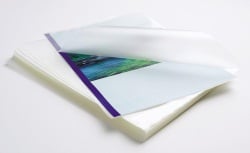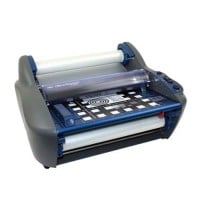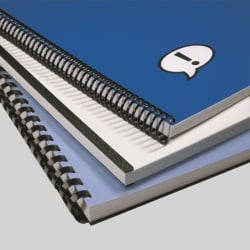MyBinding Knowledge Base
- Binding (248 Article)
- General Binding (42)
- Plastic Comb Binding (57)
- Fastback Binding (59)
- Perfect Binding (2)
- Modular Punching (8)
- Zipbind (3)
- Twin Loop Wire (13)
- Coil Binding (22)
- Thermal Binding (14)
- Strip Binding (1)
- VeloBind (4)
- Binding Covers (14)
- Proclick Binding (10)
- SureBind (4)
- Screw Post (2)
- Hole Punches (2)
- Staplers (4)
- Komtrak Insprial Binding (2)
- Paper (1)
- Rhin-O-Tuff (5)
- Binding Machines Comparison (17)
- Laminating (109 Article)
- General Laminating (26)
- Roll Lamination (16)
- Pouch Lamination (36)
- Pouch Board Laminator (3)
- School Laminator (3)
- Foil Laminating (3)
- Royal Sovereign Laminators (10)
- Laminators Comparison (3)
- Boards (11 Article)
- Bulletin Boards (3)
- Whiteboards (5)
- Chalkboards (1)
- Paper Shredders (44 Article)
- General Shredding (35)
- Industrial Shredders (1)
- Cross-Cut Shredders (2)
- Cardboard Shredders (1)
- Multimedia Shredders (1)
- Personal Shredders (1)
- High Security Shredders (2)
- Ring Binders (9 Article)
- Specialty Binders (2)
- Reinforced Paper (1)
- Health Care Punched Paper (1)
- Perforated Paper (2)
- View Binders (1)
- Index Tabs (9 Article)
- Index Tab Dividers (2)
- Copier Tabs (4)
- Pocket Folders (1)
- Custom Index Tabs (1)
- Pre-Printed Index Tabs (1)
- Paper Handling (37 Article)
- Paper Folders (9)
- Paper Joggers (2)
- Guillotine Cutters (4)
- Rotary Trimmer (3)
- Electronic Paper Cutters (1)
- Corner Rounders (2)
- Paper Scoring (2)
- Paper Drill (2)
- Booklet Makers (3)
- Stack Cutters (1)
- Paper Handling Equipment Comparison (5)
- ID Accessories (12 Article)
- Badge Holder (1)
- Lanyards (8)
- Badge Reels (1)
receive
$5off
*On order $25 or more.
How do I choose a laminator for my home?
A laminator can be a great addition to your home. Just think of all the times you’ve wanted to preserve a precious photograph, protect important documents, or even help your child out with a craft or school project. Having one of these devices can help you out in all of those circumstances, but you might be wondering what to look for when buying one. This is brief guide will help you determine what to consider when buying a laminator for your home.
- What will you be laminating? The first thing to ponder is what you’ll be laminating. If you anticipate working with smaller items such as snapshots, luggage tags, and cards, a small device such as the GBC HeatSeal 110 would be a great choice. It’s affordable and capable of laminating all of your small treasures. If you want to protect something a bit larger, you’ll need a bigger machine, obviously. A couple of options are the GBC Heatseal H212 and the Fellowes Mars ML-95, both of which were designed with home use in mind.
- Turn the heat up or keep it cool? One important thing to keep in mind is if the machine you choose can run hot, cold, or both. Hot lamination is good for a variety of items, but having a hot machine can be hazardous if there are kids or pets around. (You’ll definitely want to be careful if that’s the case.) Also, the heat can damage some items including pictures, older documents, and anything that you print with an ink-jet printer. To laminate those things, you need a machine with a cold setting, such as the Fellowes Cosmic CL-95. You could also use self-adhesive laminate sheets. The best thing to do is to get a machine with both hot and cold settings. That way you’ll have the best of both worlds.
- What safety features do you need? As mentioned above, hot machines can be dangerous in homes in which children or critters are present. These types of devices can even be hazardous to the user due to the possibility of burns. Therefore, you need a machine with adequate safety features. One feature to look for is an automatic shut-off, which will cause the device to power off after a period of non-use. This cuts down on the risk of fire and injury, plus it means the laminator’s motor won’t overheat. You could also get a machine with double-insulated walls that will trap heat inside to eliminate the risk of burns. Fellowes laminators, such as the Cosmic CL-125, often have this feature. Alternately, you could choose a non-electric crafting device with laminating capabilities, such as the Xyron Creatopia.
- What else do you want the machine to do? Finally, if you’re a really creative person, you may want to get a device that can do more than just laminate. If so, you need to consider getting a Xyron product. These devices offer an easy, safe way to laminate in the home. Xyron has several machines available including the aforementioned Creatopia and the Creative Station series. All of these products are manually operated so even kids can use them, plus they can be used to create stickers, scrapbook pages, magnets, and more. So not only will you be able to laminate your important documents, your creative side can come through as well.
.jpg)
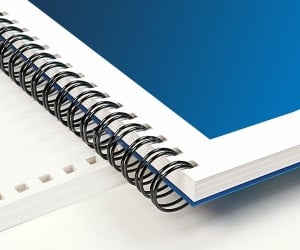
< Over the years, a number of customers have asked me whether they can use twin loop wire with their plastic comb binding machine. These customers often don’t want to have to buy a brand new machine but like the look and feel of twin loop wire binding. However, the answer to their question isn’t as simple as it seems. You see, they actually do make twin loop wire that is designed to work with the plastic comb binding hole pattern. With that said, if you want to use these wires you are going to need a way to close the wires. What is Spiral-O Wire? Let me explain a little bit more…There is a product that we carry called Spiral-O Wire. This wire has 19 loops and is designed to work with the hole pattern from a plastic comb binding machine. Spiral-O Wire is sometimes called Wire Combs or Ibico Wire and was originally designed for use with some of the older Ibico binding machines. A number of the older Ibico plastic comb binding machines also included a twin loop wire closer on the front of them to allow users to use both plastic combs and wire. This 19 loop wire was designed for this purpose. What Equipment is Needed? As the Ibico brand has been phased out by GBC and all of the older Ibico plastic binding machines have been replaced with new models, they no longer have the twin loop wire closer on the front of them. This presents a problem in trying to use these spiral-o wires since you can’t use the wires without a way to close them. One of the only options left is to purchase a Twin Loop wire closer. However, since twin loop wire closers are not incredibly cheap this option usually only appeals to users who have larger electric plastic comb binding machines. Otherwise, it is often advisable to simply buy a low end 3:1 pitch twin loop wire binding machine (the supplies are cheaper). This being said, if you have one of the older Ibico binding machines that has a wire closer included you are in luck. The Spiral-O binding supplies that we carry will work perfectly with your machine and you will be able to use both plastic combs and wire depending on your needs. These Spiral-O binding supplies are available in Black, Silver, White, Blue and Red and in sizes up to 1″ in diameter. If you aren’t sure what type of wire binding supplies that you need to work with your machine simply give us a call. Our trained sales representatives will be glad to help you find the correct supplies for use with your machine.(Read More)
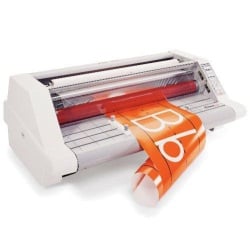

Loading...


